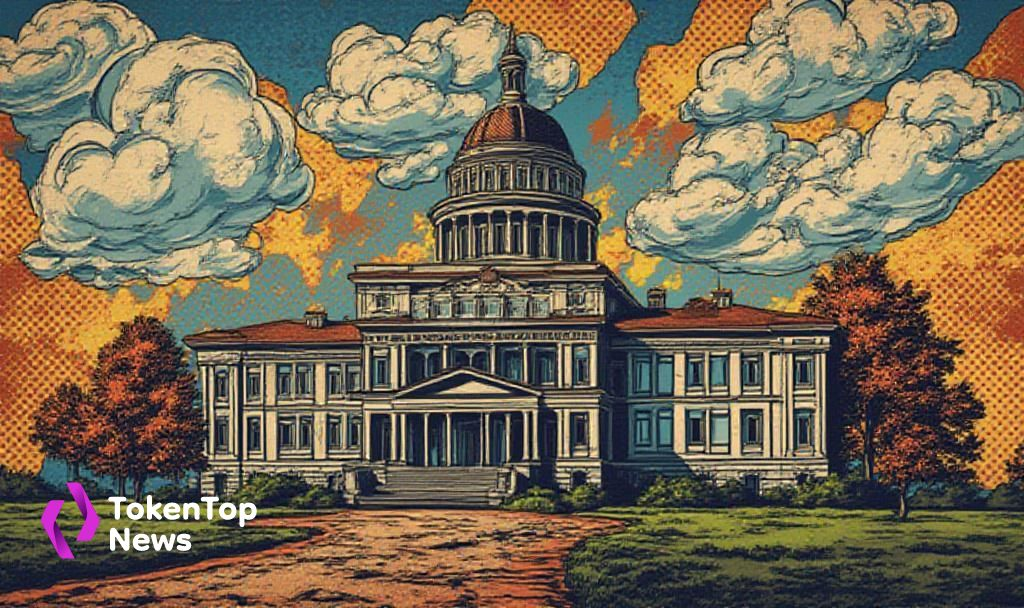Wyoming’s WYST Stablecoin Set for August Launch
- Wyoming launches state-backed stablecoin WYST on August 20.
- First-of-its-kind, fully backed by US dollars.
- Could impact stablecoin market regulation and flows.

Wyoming’s WYST stablecoin could reshape regulatory frameworks and stabilize market dynamics upon its introduction.
The WYST stablecoin, backed 1:1 by US dollars, is set for release on major blockchains. Spearheaded by the Wyoming Stable Token Commission, it signifies a state-led initiative. Official updates indicate its emergence on platforms like Ethereum ETH -5.47% and Solana.
Regulatory and Financial Impact
Wyoming’s undertaking of a dollar-backed stablecoin marks a significant regulatory stride. With the backing of US Treasury bonds, this move exemplifies a financial innovation led not by private entrepreneurs but by state governance.
“WYST is a proposed virtual currency representative of and redeemable for one (1) United States dollar held in trust by the state of Wyoming.” — Wyoming Stable Token Commission
Potential Market Effects
The emergence of WYST could shift stablecoin liquidity and total values locked on supported blockchains. It also presents a model for regulatory compliance that may inspire other states. Meanwhile, it might spark debate on public versus private control in digital currencies.
With no external funding involved, Wyoming’s approach relies entirely on its treasury mechanisms. Leveraging US Treasury bonds as reserves offers financial stability and potential revenue through interest, illustrating a prudent fiscal strategy.
Crypto-Ecosystem Ramifications
The decision to integrate several blockchains suggests significant crypto-ecosystem ramifications. Drawing inspiration from earlier stablecoin integrations, WYST might stimulate liquidity growth and further DeFi adoption, benefiting platforms like Aptos and Sei.
Reviewing historical parallels, prior stablecoin launches resulted in noticeable liquidity upticks and protocol expansion. The state-backed nature of WYST, however, introduces a regulatory precedent, challenging conventional private initiatives and potentially reshaping the broader financial landscape.




